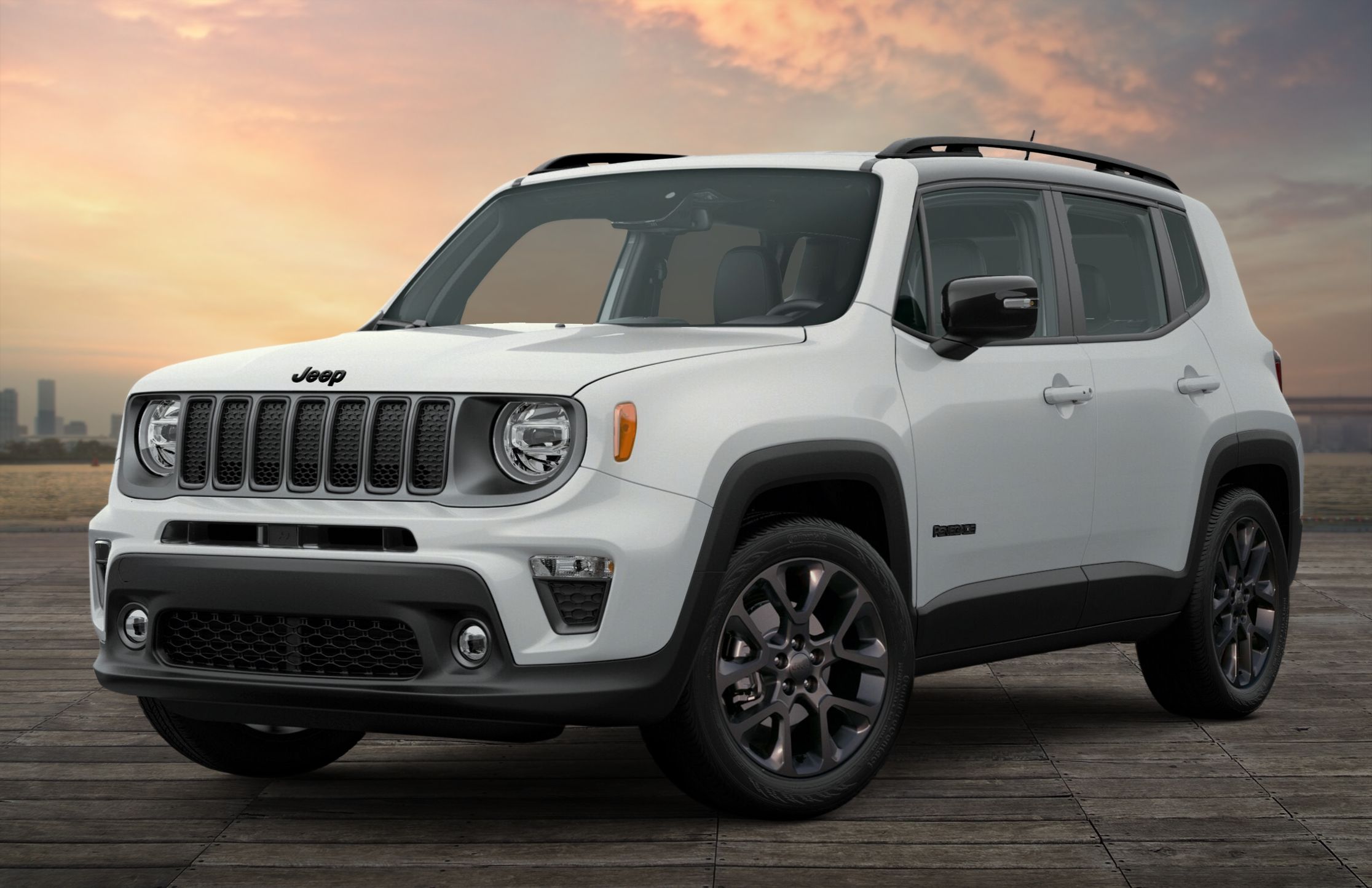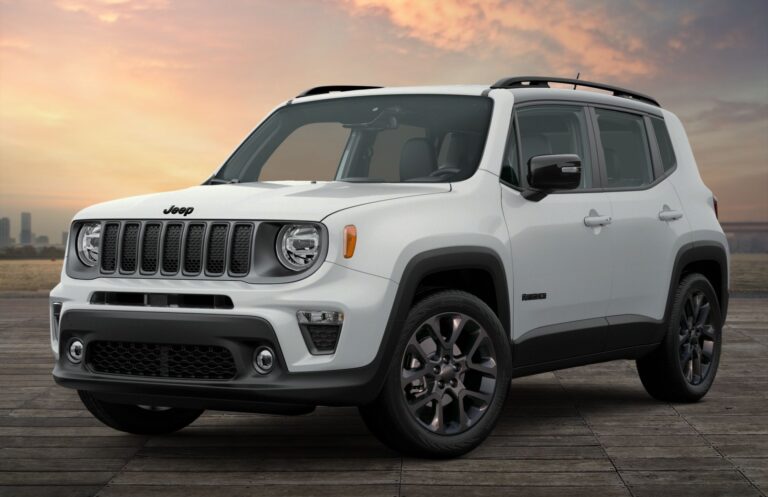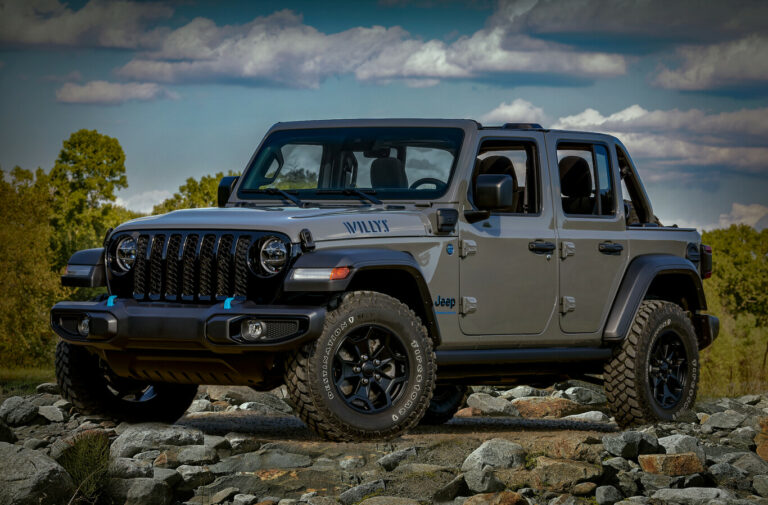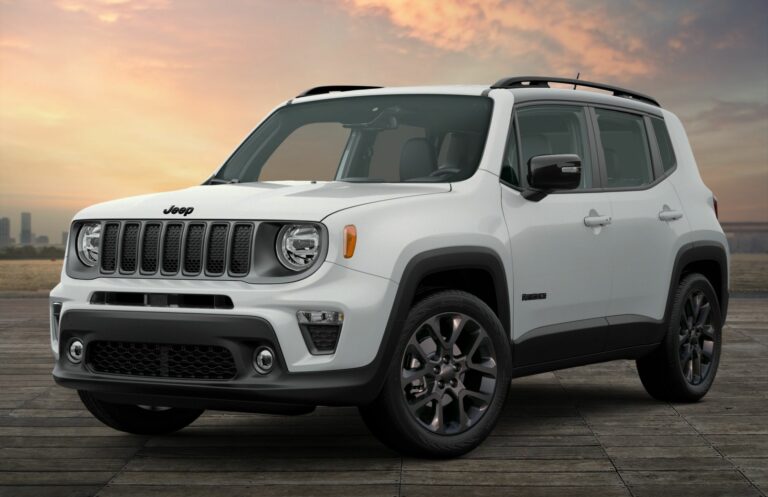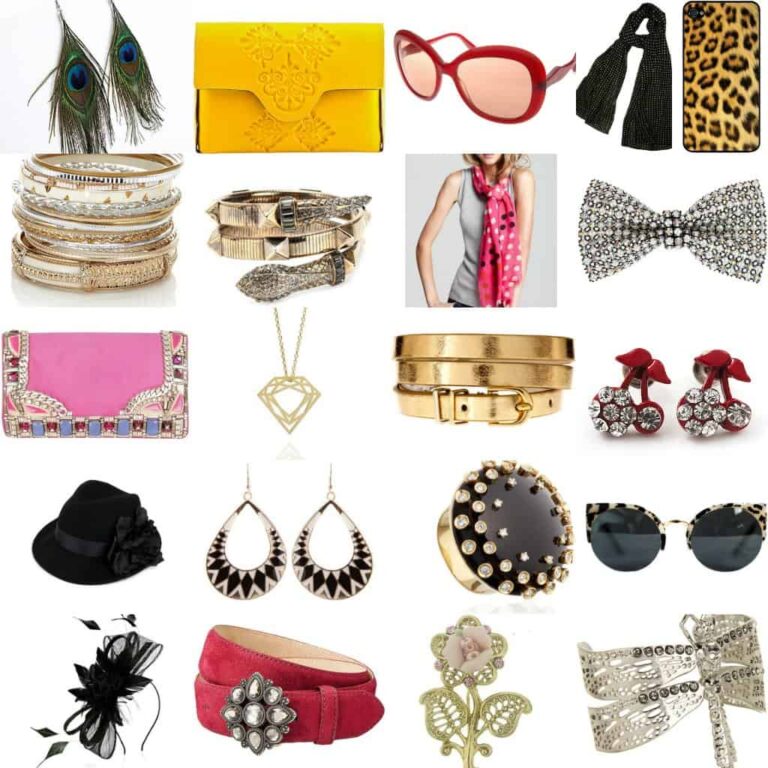Jeep XJ Wheels For Sale: A Comprehensive Guide to Upgrading Your Cherokees Stance
Jeep XJ Wheels For Sale: A Comprehensive Guide to Upgrading Your Cherokees Stance jeeps.truckstrend.com
The Jeep Cherokee XJ, a legendary vehicle known for its rugged durability, go-anywhere capability, and timeless design, holds a special place in the hearts of off-road enthusiasts and daily drivers alike. Whether you’re a seasoned Jeeper looking to enhance your rig’s performance or a newcomer seeking to personalize your classic SUV, the wheels you choose play a pivotal role. They dictate not only your vehicle’s aesthetic appeal but also its off-road prowess, tire fitment, and overall driving dynamics. The market for Jeep XJ Wheels For Sale is vast and varied, offering a myriad of options to suit every budget, style, and functional requirement. This comprehensive guide will navigate the intricacies of purchasing wheels for your XJ, ensuring you make an informed decision that elevates your Cherokee to its full potential.
Understanding Your XJ’s Wheel Needs: The Foundation of Choice
Jeep XJ Wheels For Sale: A Comprehensive Guide to Upgrading Your Cherokees Stance
Before diving into the myriad of wheels available, it’s crucial to understand the foundational specifications of your Jeep XJ and how different wheel characteristics impact its performance. The XJ Cherokee, produced from 1984 to 2001, consistently utilized a 5×4.5 inch (or 5×114.3mm) bolt pattern. This is a non-negotiable specification – any wheel you consider must match this bolt pattern.
Beyond the bolt pattern, other critical dimensions include:
- Diameter (e.g., 15-inch, 16-inch, 17-inch): This refers to the overall size of the wheel. While 15-inch wheels were standard, many enthusiasts opt for larger diameters to accommodate bigger brake kits or achieve a modern look, though this often means less sidewall for off-roading.
- Width (e.g., 7-inch, 8-inch, 10-inch): The width of the wheel dictates the range of tire sizes that can be safely mounted. Wider wheels can support wider tires, which may offer more traction but can also lead to rubbing issues without adequate lift and fender trimming.
- Backspacing: This is arguably the most critical factor for XJ owners. Backspacing is the distance from the mounting surface of the wheel to the wheel’s inner edge. A lower backspacing number means the wheel will sit further out from the hub, providing more clearance for wider tires and suspension components, but potentially causing tires to rub the fender flares or bodywork, especially during suspension compression or turning. Stock XJ wheels typically have around 5.25 inches of backspacing. Most lifted XJs benefit from 3.75 to 4.5 inches of backspacing for optimal tire clearance.
- Offset: Related to backspacing, offset is the distance from the wheel’s mounting surface to the wheel’s true centerline. Positive offset means the mounting surface is towards the front of the wheel (closer to the vehicle), while negative offset means it’s towards the back (further out). Zero offset means the mounting surface is exactly at the centerline. A more negative offset (or less backspacing) pushes the wheel further out.

Your intended use (daily driver, mild trails, extreme rock crawling) and current modifications (lift height, fender trimming) will heavily influence the ideal wheel specifications for your XJ.
Types of XJ Wheels Available: Steel vs. Alloy and Beyond
The market for Jeep XJ Wheels For Sale offers a diverse range of materials, designs, and brands.
- Steel Wheels: Often more affordable and incredibly durable, steel wheels are a popular choice for serious off-roaders. They can take a beating, are less likely to crack than alloy wheels, and can often be "beaten back into shape" on the trail if dented. However, they are heavier, which can impact fuel economy and unsprung weight, and are more prone to rust. Popular options include basic black D-windows or Cragar Soft 8s.
- Alloy (Aluminum) Wheels: Lighter than steel, alloy wheels improve fuel economy, braking performance, and ride quality by reducing unsprung weight. They also offer a vast array of aesthetic designs and finishes (polished, machined, painted, matte). While generally strong, they can be more susceptible to cracking or bending on severe impacts compared to steel, and repairs can be more complex.
- Beadlock Wheels: Primarily for extreme off-road use, true beadlock wheels physically clamp the tire bead to the wheel, allowing you to run extremely low tire pressures (single digits) without the tire coming off the rim. They are heavy, expensive, and often not street legal. Faux beadlock wheels offer the aggressive look without the functional benefits.
Popular Aftermarket Brands catering to the XJ community include:
- Method Race Wheels: Known for high-performance off-road wheels.
- Black Rhino Wheels: Offers rugged and stylish designs.
- Pro Comp: A long-standing name in off-road accessories, with many XJ-compatible options.
- American Racing: Classic and modern designs, including popular XJ choices.
- Fuel Off-Road: Aggressive styling and strong construction.
- XD Series: Another popular brand for robust off-road wheels.
- Cragar: Classic steel wheel designs like the Soft 8.
When considering used wheels, assess the brand’s reputation for quality and durability.
Where to Find Jeep XJ Wheels For Sale
The hunt for the perfect XJ wheels can lead you to various platforms:
- Online Retailers & Marketplaces:
- Dedicated Off-Road Stores: Quadratec, 4 Wheel Parts (4WP), ExtremeTerrain, Morris 4×4 Center are excellent sources for new wheels specifically designed for Jeeps, offering wide selections and fitment guarantees.
- General E-commerce Sites: Amazon and eBay host a vast number of new and used wheel listings from various sellers. Be diligent with seller ratings and product descriptions.
- Manufacturer Websites: Many wheel brands sell directly or list authorized dealers.
- Local Options:
- Craigslist & Facebook Marketplace: Ideal for finding used wheels from local sellers. You can inspect the wheels in person before buying. Be prepared to negotiate.
- Local Off-Road Shops: Many independent 4×4 shops carry new wheels and sometimes have used sets taken off customer vehicles. They can also offer installation services.
- Junkyards/Salvage Yards: While a long shot, you might occasionally find usable stock XJ wheels, or even wheels from other vehicles with the correct bolt pattern, at a bargain price.
- Local Jeep Clubs/Forums: Members often upgrade their wheels and sell their old sets. This can be a great way to find well-maintained used wheels.
- Specialty Forums & Social Media Groups: Dedicated Jeep Cherokee XJ forums (like NAXJA) and Facebook groups (e.g., "Jeep XJ Parts For Sale") are treasure troves for used wheels. These communities often have strict rules regarding sales, providing a layer of trust.
Key Considerations When Buying XJ Wheels
Making an informed purchase involves more than just finding a good price:
- Fitment is Paramount: Re-confirm the 5×4.5 (5×114.3mm) bolt pattern. Pay extremely close attention to backspacing and offset. Use online calculators or consult with experts if unsure. Measure your current setup if you plan to run larger tires.
- Condition (for Used Wheels):
- Visual Inspection: Look for cracks, bends, deep gouges, or excessive curb rash. Minor cosmetic scratches are usually acceptable, but structural damage is a deal-breaker.
- Lug Holes: Ensure the lug holes aren’t elongated or damaged, which can lead to improper seating and lug nut failure.
- Rust (Steel Wheels): Surface rust can be cleaned, but deep pitting or structural rust is a concern.
- True Roundness: If possible, have the seller spin the wheel on a balancer to check for bends. A slight wobble can lead to vibration issues.
- Load Rating: Especially important for heavy XJ builds, overlanding rigs, or those carrying significant gear. Ensure the wheel’s load rating exceeds your vehicle’s Gross Vehicle Weight Rating (GVWR) divided by four.
- Valves Stems & Hub Caps: Check if these are included, especially with used wheels.
- Budget: Set a realistic budget that includes the cost of wheels, potentially new tires, and installation/balancing. Remember, cheaper isn’t always better, especially when it comes to critical components like wheels.
The Buying Process: Tips for a Smooth Transaction
- Do Your Homework: Research specific wheel models, read reviews, and look at photos of other XJs with similar setups.
- Ask Questions: If buying used, inquire about the wheels’ history, mileage, reason for selling, and any known imperfections. Request detailed photos from multiple angles.
- Inspect in Person: If local, always inspect the wheels yourself. Bring a tape measure to verify backspacing.
- Verify Fitment: Don’t assume. Double-check your XJ’s lift height and tire size against the wheel’s specifications and common recommendations for XJs.
- Negotiate Respectfully: Especially for used items, there’s often room for negotiation.
- Shipping Costs: For online purchases, factor in shipping. Wheels are bulky and heavy, so shipping can be significant.
- Payment Method: Use secure payment methods, especially for online transactions.
Installation and Maintenance
Once you’ve acquired your new (or new-to-you) wheels, proper installation is key. While some DIY enthusiasts can handle wheel installation, professional mounting and balancing are highly recommended to ensure proper fitment, prevent vibrations, and maximize tire life. Always use a torque wrench to tighten lug nuts to the manufacturer’s specified torque (typically 90-110 ft-lbs for XJs, but verify for your specific wheel/lug nut type).
Regular maintenance includes cleaning your wheels to prevent buildup of brake dust and grime, and periodically checking lug nut torque, especially after the first 50-100 miles of driving after installation.
Representative Price Table for Jeep XJ Wheels For Sale
Please note: These prices are highly estimated and can vary significantly based on brand, condition (new vs. used), seller, location, and current market demand. This table provides a general range.
| Wheel Type / Condition | Diameter / Width | Backspacing Range (approx.) | Bolt Pattern | Estimated Price Range (USD per wheel) | Notes / Common Brands |
|---|---|---|---|---|---|
| Used Steel D-Window / Soft 8 | 15×7 / 15×8 | 3.75" – 4.75" | 5×4.5 | $25 – $75 | Basic, rugged, often needs repaint. Cragar, Pro Comp. |
| New Steel D-Window / Soft 8 | 15×7 / 15×8 | 3.75" – 4.75" | 5×4.5 | $70 – $120 | Entry-level new option. Cragar, Pro Comp. |
| Used Alloy (Aftermarket) | 15×8 / 16×8 | 3.75" – 4.5" | 5×4.5 | $50 – $150 | Condition varies widely. Look for bends/cracks. |
| New Alloy (Mid-Range) | 15×8 / 16×8 | 3.75" – 4.5" | 5×4.5 | $120 – $250 | Pro Comp, American Racing, some Fuel/XD Series. |
| New Alloy (Premium/High-End) | 16×8 / 17×9 | 3.75" – 4.5" | 5×4.5 | $250 – $400+ | Method Race Wheels, Black Rhino, higher-end Fuel/XD. |
| Used Beadlock (True) | 15×8 / 17×9 | 2.5" – 3.75" | 5×4.5 | $200 – $400+ | Very specific use, inspect bead rings closely. |
| New Beadlock (True) | 15×8 / 17×9 | 2.5" – 3.75" | 5×4.5 | $400 – $700+ | Raceline, Method Beadlock. Often not street legal. |
Prices are per wheel and do not include tires, mounting, balancing, or shipping.
Frequently Asked Questions (FAQ) about Jeep XJ Wheels
Q1: What is the bolt pattern for a Jeep XJ?
A1: All Jeep Cherokee XJs (1984-2001) use a 5×4.5 inch (or 5×114.3mm) bolt pattern.
Q2: What’s the best backspacing for a lifted XJ?
A2: For most lifted XJs running larger tires (31-33 inches), a backspacing of 3.75 to 4.5 inches is generally recommended to prevent rubbing on control arms and other suspension components.
Q3: Can I put larger wheels on my stock XJ?
A3: Without a lift, you are limited. A stock XJ can typically clear 30-inch tires on 15×7 or 15×8 wheels with stock or slightly less backspacing (e.g., 4.5 inches). Going larger will likely require a lift kit and potentially fender trimming.
Q4: Are steel or alloy wheels better for off-roading?
A4: Both have pros and cons. Steel wheels are heavier but more durable against impacts and easier to repair. Alloy wheels are lighter, improving performance and fuel economy, but can be more prone to cracking under severe stress. The "best" depends on your specific off-roading style and priorities.
Q5: How do I check for bent wheels when buying used?
A5: Visually inspect the wheel from all angles for any obvious deformities. Run your hand along the inner and outer lips to feel for flat spots or bends. If possible, have the seller spin the wheel on a tire balancer or even on the vehicle (safely jacked up) to observe any wobble.
Q6: Is it safe to buy used wheels?
A6: Yes, it can be safe and cost-effective, provided you exercise caution. Thoroughly inspect the wheels for any structural damage (cracks, significant bends, elongated lug holes). If you have doubts about their integrity, it’s safer to pass.
Conclusion
Choosing the right wheels for your Jeep Cherokee XJ is a crucial decision that impacts both its appearance and its performance. By understanding the critical specifications like bolt pattern, backspacing, and diameter, and carefully considering your intended use, you can navigate the vast market of Jeep XJ Wheels For Sale with confidence. Whether you opt for rugged steel, lightweight alloy, or specialized beadlocks, a well-informed purchase will not only enhance your XJ’s capabilities on and off the road but also solidify its iconic stance, ensuring your beloved Cherokee continues to turn heads for years to come.
